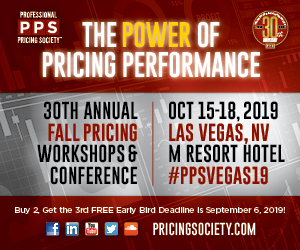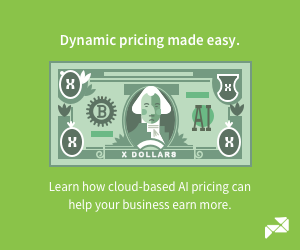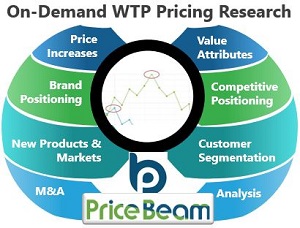Pricer’s Points: Pricing research - when to use it and how to improve it | Nicola Warrington
There was an interesting article last week in Research Live about the gamification of pricing research arguing that traditional approaches need to be more engaging in order to improve data quality, limit respondent bias and reduce the rationalisation of responses. Improving traditional approaches and respondent engagement can only be a good thing but the underlying principles for pricing research remain constant.
Choosing the right methodology requires a clear understanding of your objectives - whether at the beginning of the process when assessing the importance of price in driving brand choice, through to identifying the optimal price range and estimating purchase intention once a price point has been set.
Below are three traditional pricing research methodologies, when to use them and our thoughts on how gamification can be used to enhance them:
1. Conjoint modelling: Assessing the importance of price on brand choices
Conjoint models use a simple trade-off exercise to identify the optimal combination of product features and price to drive the greatest product uptake. Within the survey respondents are offered a number of combinations and asked to select which one they would be most likely to buy. Through modelling this data, we then identify which features consumers are willing to trade-off against each other and the optimal combination.If not designed well conjoint exercises can be unengaging for respondents. Wherever possible, visuals - brand logos, product images - and narratives should be used to increase the interest of consumers and improve data quality.
Read complete article here:
Pricing research - when to use it and how to improve it | LinkedIn.
Nicola Warrington
Associate Director at Insitas Research

















